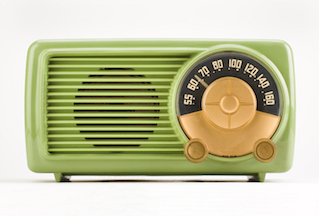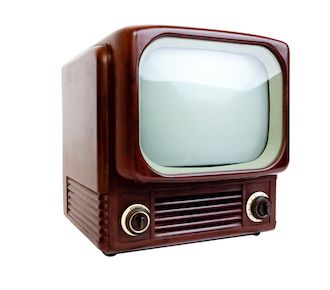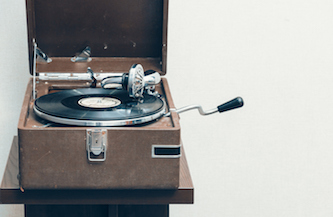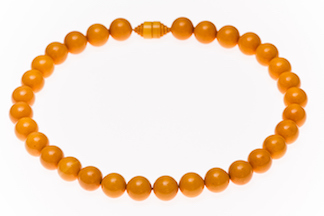Plastic is made in factories from oil.
It can be hard or soft.
It is strong.
It lasts for a long time.
It is used to make bottles, toys, clothing and furniture.
What is plastic?
Hard plastic is used to make a firefighter's helmet. Getty Images
Plastic is made in factories using chemicals found in oil and natural gas. It can be coloured by adding dyes. Hot plastic can be poured into moulds in the shapes of toys and other things. It can also be squeezed through holes to make pipes and hoses and bags.
It can be hard and used to make things such as casings for television sets, garden pots, and even furniture.
It is strong but it isn't heavy. It is very light. Because it is so light, many parts of aeroplanes and cars are made from plastic. This means it takes less energy to move these machines and so they use less energy (fuel).
It can be soft and used to make things such as soft toys, balls umbrellas, and paddling pools.
Plastic can be used to make bottles of all shapes and sizes. © Getty Images
It can be made into thin threads and then woven to make material that is used to make clothing such as rain coats and waterproof jackets. These plastic materials are called synthetic (say: sin-thet-ick) materials.
Read about the properties of plastic and other materials on kidcyber
Do you know about these different kinds of plastic?
Nylon was invented in 1935 by a scientist working for an American Company called Du Pont. The company wanted an alternative to natural silk. Nylon was used to make toothbrushes, womens' stockings and parachutes. Now it is used to make carpets.
Styrofoam is a plastic full of air bubbles. It was invented in 1941. Because it is light weight and can float it was first used in the construction of lifeboats. Sheets of styrofoam can be used to insulate buildings, for packaging goods. It is used to make plates and disposable cups. (probably not good for the environment!)
Kevlar is used to make protective vests for police officers. iStock Images
Kevlar was developed in 1965. Kevlar is a lightweight but amazingly strong (stronger than steel!) plastic. It is used to make body armour for police and soldiers, spacesuits and even bridges. It is used in racing cars and in aeroplanes too.
Bakelite
The first plastic that was completely human-made was called Bakelite. A Belgian born chemist named Leo Baekeland invented it in 1905 by mixing two chemicals together to make a material that could be moulded into shapes that set hard and didn't melt. Bakelite was used to make music records, radio and TV covers, telephones and furniture, and even jewellery.
Recycled plastic can be made into new plastic. Getty Image
Plastic and the environment
Old plastic can be recycled. Once it is cleaned it can be used to make new bottles and bags. It doesn't rot and can't be burned safely. (Burning plastic gives off dangerous gases) So it is hard to get rid of it. Plastic rubbish takes up a lot of space in garbage dumps. To help our environment we need to use it carefully and save and reuse it whenever we can.
Reuse and recycle
Soon there will be more plastic than fish in our oceans. Plastic straws, bottles and bags are a huge part of that mountain of rubbish polluting the seas, rivers and land.
Plastic rubbish pollutes for many, many, many years. Millions of animals and birds die due to plastic rubbish.
Read statistics about just how huge the problem of plastic waste is:
What can we do?
Limit your use of plastic: carry a non plastic reusable water bottle - think about how much money you'll save by not buying bottled water. In Australia and in many parts of the world tap water is excellent.
Bring your own non plastic bags to the supermarket rather than use their single use plastic carry bags.
Carry lunch in a reusable lunch box, and put plastic objects into a recycle bin so it can be melted and made into new things.
Put plastic into recycle bins so we can help the planet.
Read about one Australian girl's huge campaign to ban plastic straws and about how you can do something too
Read how some kids recycled plastic to make a greenhouse
http://inhabitat.com/uk-school-children-build-a-greenhouse-out-of-recycled-plastic-bottles/
Read more about recycling plastic bottles - why and how:
http://www.oberk.com/how-are-plastic-bottles-recycled










